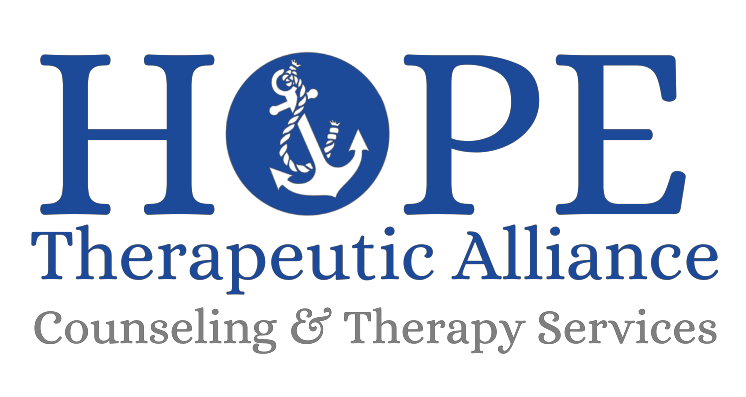Halloween & Mental Illness: A Myth Buster
October is a month observed by many as a time to dress up the home in eerie webbing and spooky decorations in preparation for Halloween, and parties are full of costumes, masquerades, and the sweetest of treats to eat. Yet, that's not how it all started over 2,000 years ago by the Celts, who celebrated this eve as their harvest. They believed on the eve of October 31st (known as Samhain), the boundary between the worlds of the living and dead became distorted, and ghosts would walk the earth once more, causing mischief and damage to the villages. They would make offerings and sacrifices while wearing animal costumes and fortune-telling to appease these unruly, otherworldly figures. Over time, Pope Gregory III and other religious influences have changed many of the event's meanings, such as making November 1st an observance to honor all saints. Hundreds of years later, many festivities have remained similar, but some have taken a darker turn stigmatizing their populations. (1)
Halloween is known for ghouls, ghosts, goblins, and ethereal creatures, but over the last century, the incorporation of costumes and decorations that emphasize mental illness have become common. 'Mental patients', sanitariums, 'psychos', or asylums typecast negativity and abnormality around mental health. This stigma can further perpetuate discrimination, prejudice, and bias against those living with mental illness. People with mental illness are not scary, but how society portrays mental illness as evil or wicked through movies, attractions, and social media can confuse and exacerbate an already complicated topic. (2,3)
So this Halloween, take personal steps to help correct this message. Simple interventions to reduce the commonplace misconceptions can dramatically decrease the stigma within a community. Try these ideas:
1. Be Mindful of the Attractions
Old sanitariums or asylums have become hot spots for attractions during the Halloween season. However, this only emphasizes mental illness as evil or harmful in some manner. If the goal is to scare, many attractions can do that without pressing further on an already stigmatized population (e.g., corn fields, houses, factories). (3,4)
2. Choosing Decorations
Understand that the simplicity of decorating with awareness is achieved by understanding the stigma and history of the holiday. Think creatures, undead, ghosts, and ghouls, which do not carry the connotation of stigmatizing mental illness. (3,4)
3. The Costume
Costumes have become a central aspect of the event and fetching more recognition. Much like the ideas for decorations, understanding this history can help you choose the right costume. Instead, children can change into their favorite superheroes or monarchs, and adults transform into famous Hollywood stars, or more flamboyant occupations is always a fun additive to a festive Halloween. (3,4)
References
1. History.com Editors. Halloween: Origins, meaning & traditions. Halloween History. Published October 25th, 2021. Accessed July 18th, 2022. https://www.history.com/topics/halloween/history-of-halloween
2. Cheang J. When your favorite holiday perpetuates stigma. Mental Health America. Published 2022. Accessed July 18th, 2022. https://www.mhanational.org/blog/when-your-favorite-holiday-perpetuates-stigma
3. Serani D. Halloween and mental illness stigma. Psychology Today. Published October 6th, 2019. Accessed July 18th, 2022. https://www.psychologytoday.com/us/blog/two-takes-depression/201910/halloween-and-mental-illness-stigma
4. National Alliance on Mental Illness. Are you haunted by Halloween stigma? Here's what to do. NAMI Blog. Published 2013. Accessed July 18, 2022. https://www.nami.org/Blogs/NAMI-Blog/October-2013/Are-You-Haunted-by-Halloween-Stigma-Here-s-What-to

